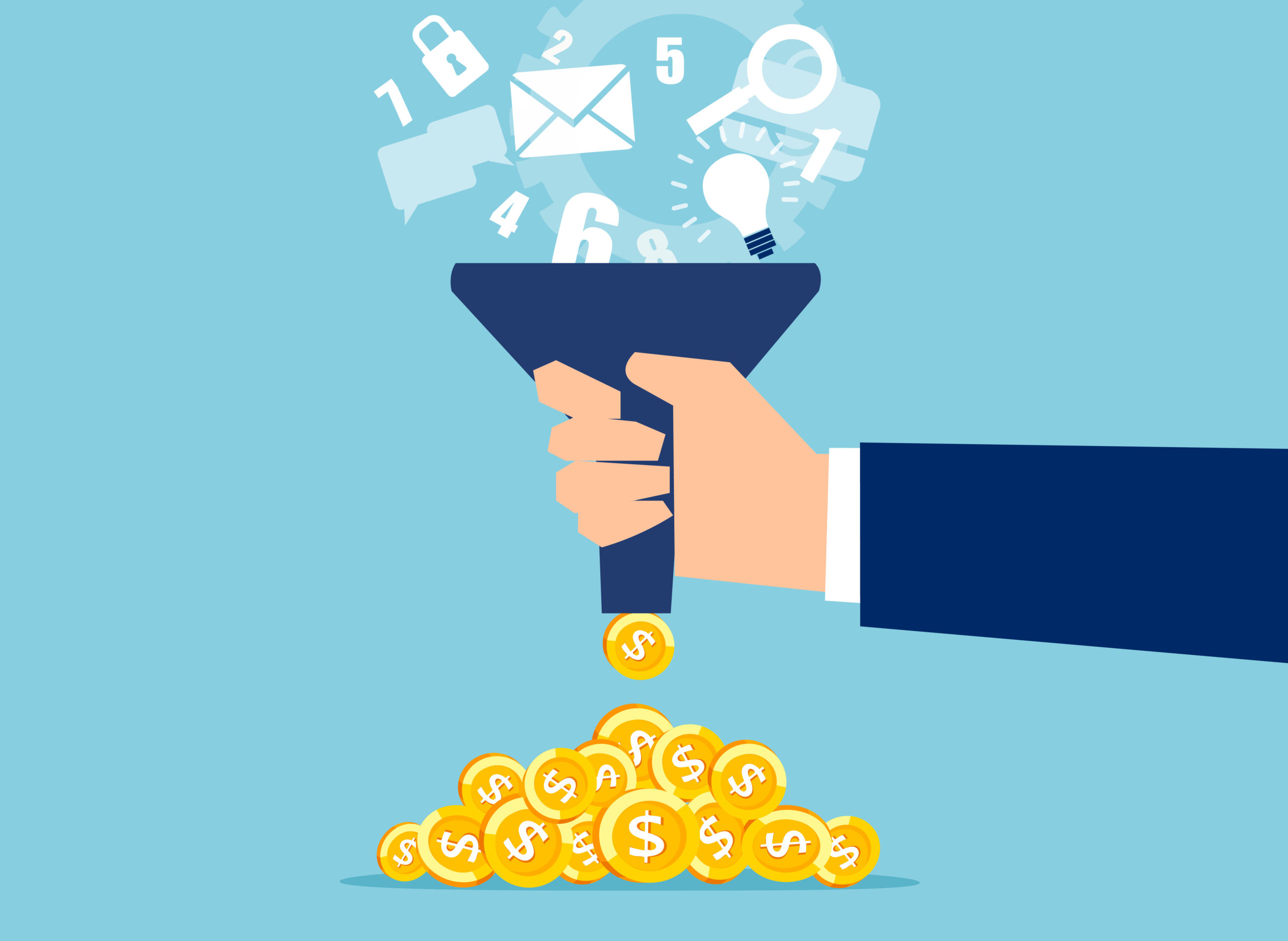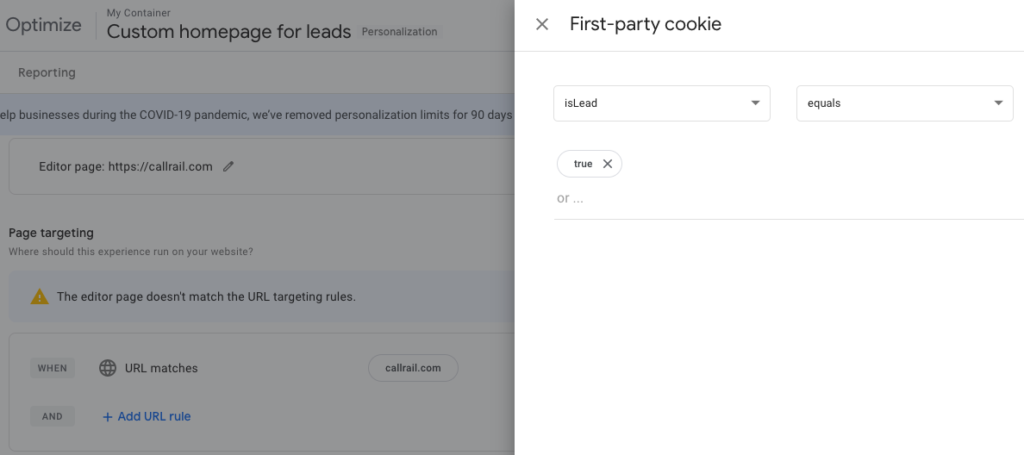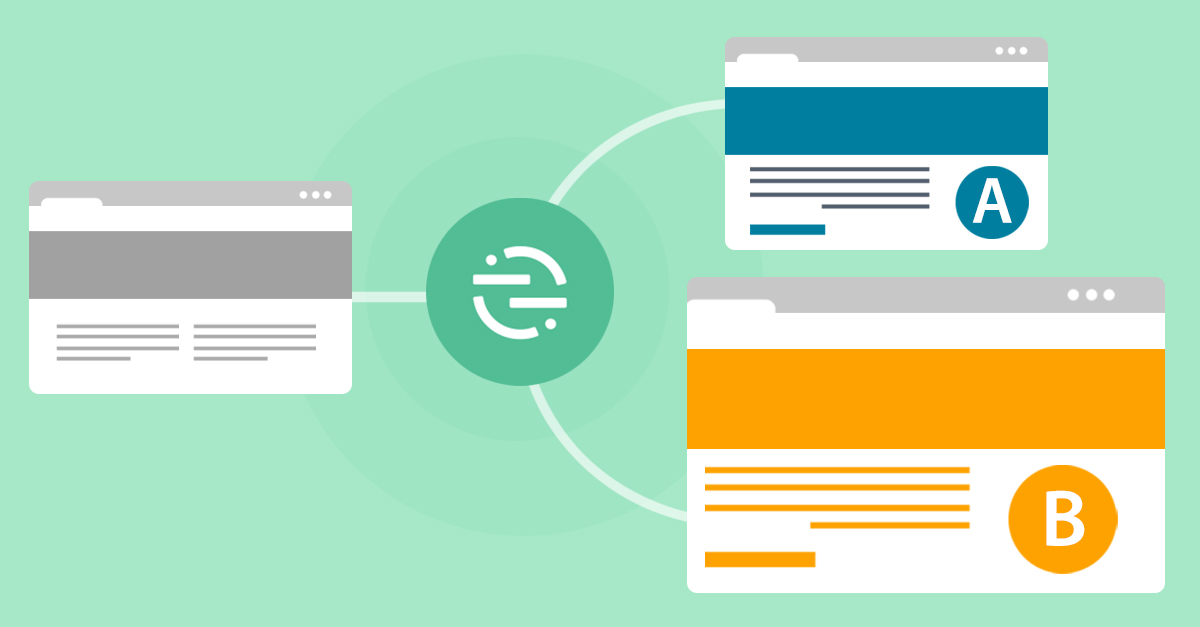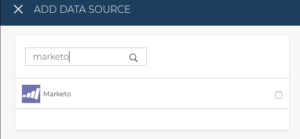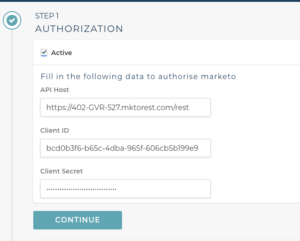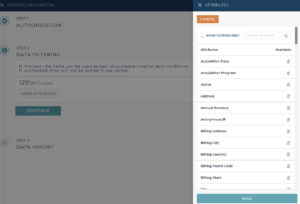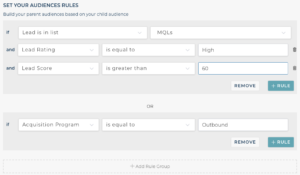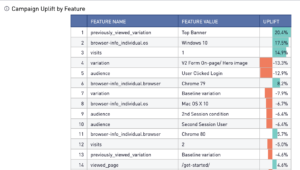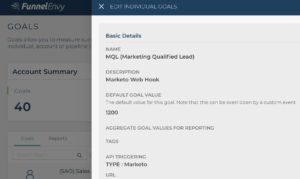We Know Why Your Online Ads Aren’t Scaling Revenue (And How to Fix It)
When you put too much pressure on something, it cracks.
Online advertising is no exception. The cracks in this ecosystem have turned into gaping holes, and those holes are why your paid ads aren’t scaling.
Three of the big ones are often in the headlines: the death of the third-party cookie, attribution as an almost impossible feat, and data privacy which is getting clearer, but still murky at best.
Yet, most of us put up with it. 84% of B2B marketers use paid distribution channels (read: Instagram, LinkedIn, Facebook, YouTube, etc.), which would be one thing if the value of those channels was clear, but a staggering 47% of us admit that we can’t measure ROI and 18% aren’t sure if they can or not.
Despite these shortcomings, when we need to scale, our first thought is often growing the budget for online ads, but will that really move the needle?
In this article, we’ll break down why your ads aren’t scaling revenue by analyzing their actual contribution to your sales funnel, calculating what would really happen if you had your dream budget, and how to fix the gaping hole in your funnel that paid channels leave unfulfilled.
What do Paid Ads Actually Contribute?
Pretty much everyone buys ads from Facebook and Google, but it’s also quite common for B2B marketers to buy ads from LinkedIn. The rest of the web is fragmented and even harder to navigate than these channels, so for the sake of argument, let’s focus on those three.
- Search ads are effective, but have incredibly narrow margins, and quickly get costly if you’re not paying attention.
- Facebook ads have better margins, but only if you can keep up with inevitable creative fatigue on behalf of your audience.
- LinkedIn ads have the best margins of all, but they’re incredibly expensive, with an average cost of $5.26 a click versus Facebook’s $1.72.
So, they do work, but the margins are small and the cost is high. Because of this reality, most marketers make incremental investments focused on driving traffic to web pages.
We took a look at website traffic from two of our high-growth clients, and saw that those expensive investments were a drop in the bucket in comparison with organic channels.
Direct and organic traffic made up 70% to 75% of all traffic, whereas traffic from a whopping five to six paid channels only made up 25% to 35%.
In these two examples, paid search specifically accounted for 13% and 9% respectively.
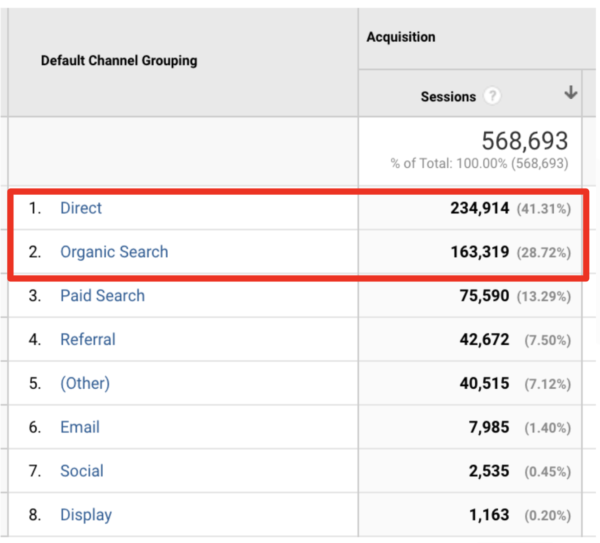
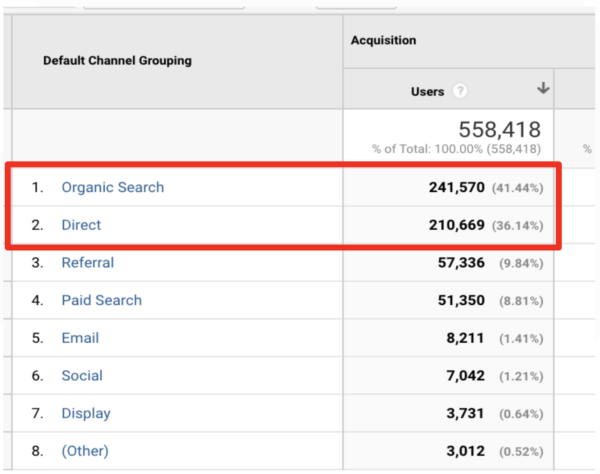
But what if that 13% of traffic is where all of the revenue came from? Even in that unlikely scenario, we can’t expect it to continue to grow if this marketing team tried to scale their paid search buys.
This analysis from Search Engine Land shows that on average, after hitting a certain inflection point, your margins get smaller and smaller. This is true for all marketing channels, and is also known as The Law of Shitty ClickThroughs.
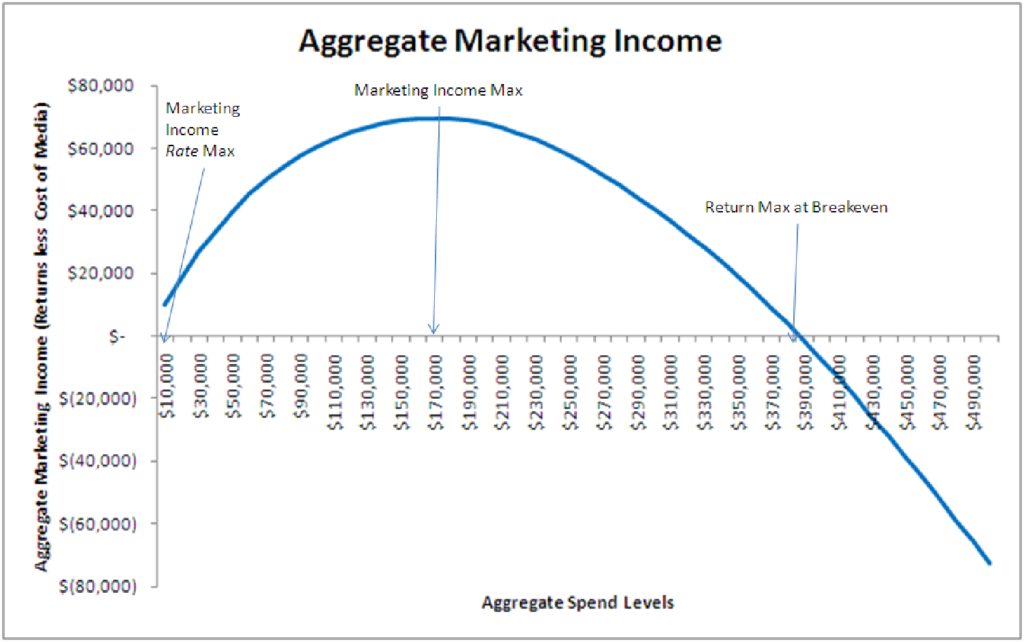
Image Source: Paid Search Portfolios: The Good, The Bad & The Ugly (Search Engine Land | Link)
This is not to say that paid advertisements don’t have a place in your marketing mix, but that alone, they won’t scale revenue profitable or quickly.
Optimizing the entire journey, which requires analyzing all channels as a whole, is the only way to scale revenue optimally. And since website traffic comes from all channels and your website is where buyers at every stage of the funnel engage, you can only do that if your web analytics are measuring revenue instead of top of the funnel vanity metrics.
How do You Scale Website Traffic so that it Ends in Revenue?
Instead of narrowly focusing on incrementally increasing website traffic with paid ads, the answer to revenue at scale lies with focusing on improving website conversions across all channels and at every stage of the buyer journey.
The chart below is a snapshot traffic analysis spanning one quarter, from a FunnelEnvy customer. This B2B SaaS company currently sees a 5% conversion rate from paid channels, which is higher than their direct and organic channels — at 2.5% and 3% respectively.
It might therefore seem logical to focus on scaling their paid channels. Let’s see what happens when they give it a shot.
This B2B SaaS company’s marketing team tested spending 50% more on paid advertising one quarter, resulting in an additional 1,000 leads. When they instead focused on optimizing their website funnel across all channels, they saw an additional 1,755 leads, a 10% improvement over just scaling paid ads alone.
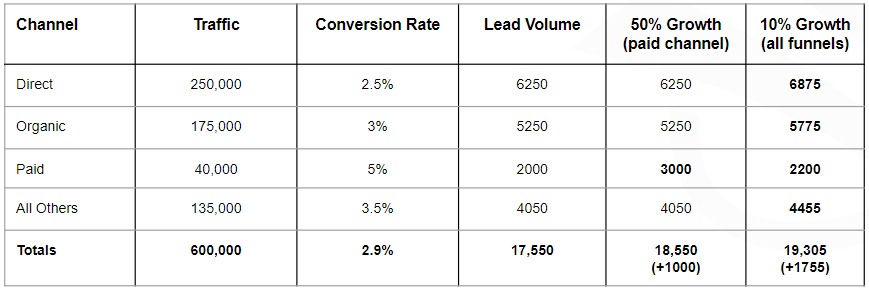
As we’ve seen, online ads are subject to the same laws of diminishing returns as any other channel. So, actually achieving 10% growth from your website (which accrues to all acquisition channels), is likely to be much easier than generating 50% or more growth from your paid channels.
Optimizing your website doesn’t have to be an exclusively lead generation focused activity. In fact, you’re likely to get much better results if you can optimize all the way down funnel to pipeline and revenue. To illustrate the impact, let’s compare what happens when you optimize your top of funnel (TOFU) conversion rate with bottom of the funnel (BOFU) metrics like opportunities and closed deals.
The following FunnelEnvy customer is a B2B SaaS company in the fintech space, looking to increase the number of closed deals per quarter and reduce their customer acquisition cost (CAC).
They average about 600,000 visits per quarter and spent about $450,000 across all paid channels. When they increased their lead generation focused conversion rate alone by 30%, they saw a corresponding increase in deals closed, and a 23% reduction in CAC. However when they extended conversion improvements all the way down the funnel they saw an even greater increase in closed deals (50%), and a larger (33%) reduction in CAC.
This “Revenue Funnel Optimization” requires you to identify visitors at different buying stages on your website, and to target them with more relevant offers and experiences.
This table captures the impact of optimizing through various stages of the funnel — leads (TOFU), pipeline (opportunity creation) and closed or won deals (revenue):
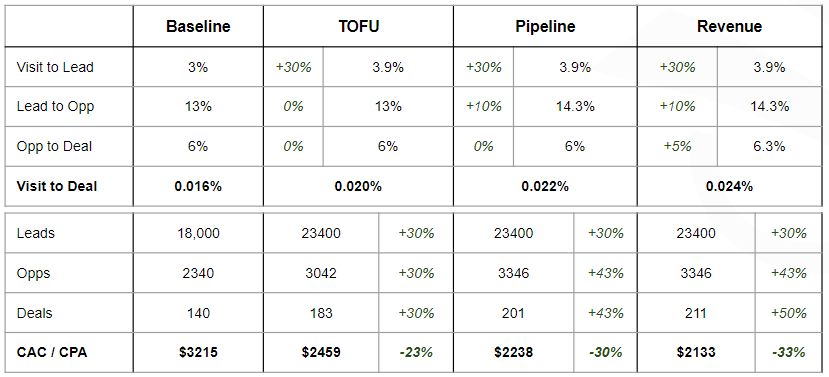
An Easier, More Scalable Path to Growth Exists Across All Channels, Not with Paid Ads
The bottom line — simply increasing your spend on paid channels is not the answer to scale, and there’s a lot more growth to be found if you take into consideration how other channels impact your funnel.
As the paid advertising ecosystem racks up more and more problems and gets increasingly expensive, this is a great time to focus on elevating the value from other channels that impact your funnel.
If you’re not quite sure where to start, you’re not alone. 68% of B2B companies haven’t even identified their sales funnel. FunnelEnvy’s solution helps you close the gap between website analytics and revenue and target buyers at each stage of their journey.
If you’re a demand gen marketer that needs to scale growth efficiently learn more about our solution for Revenue Funnel Optimization.
